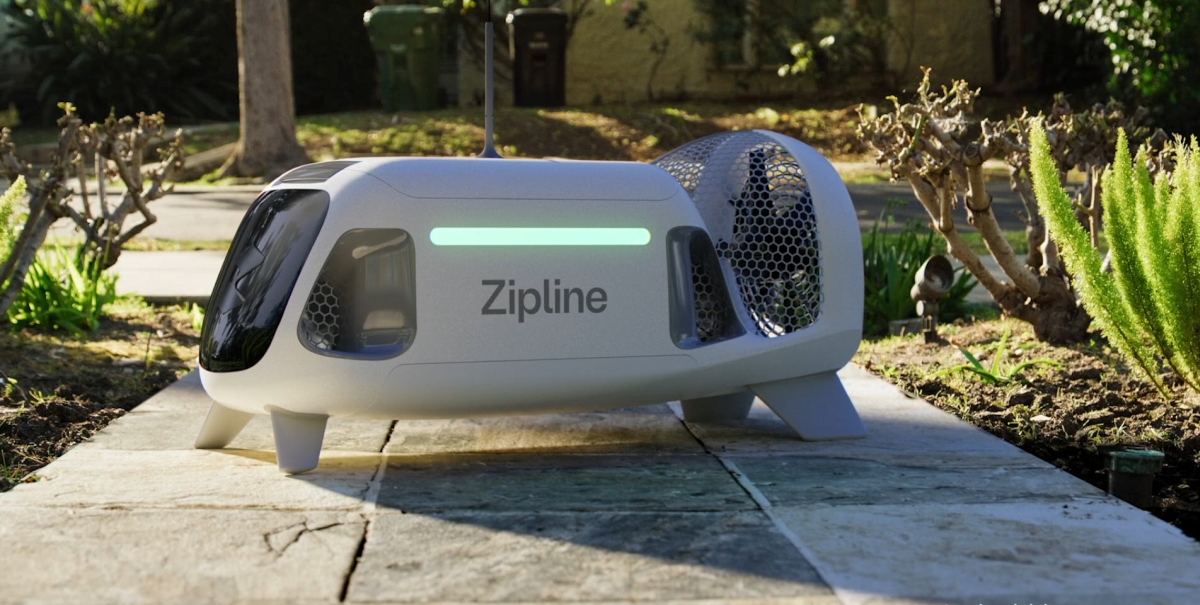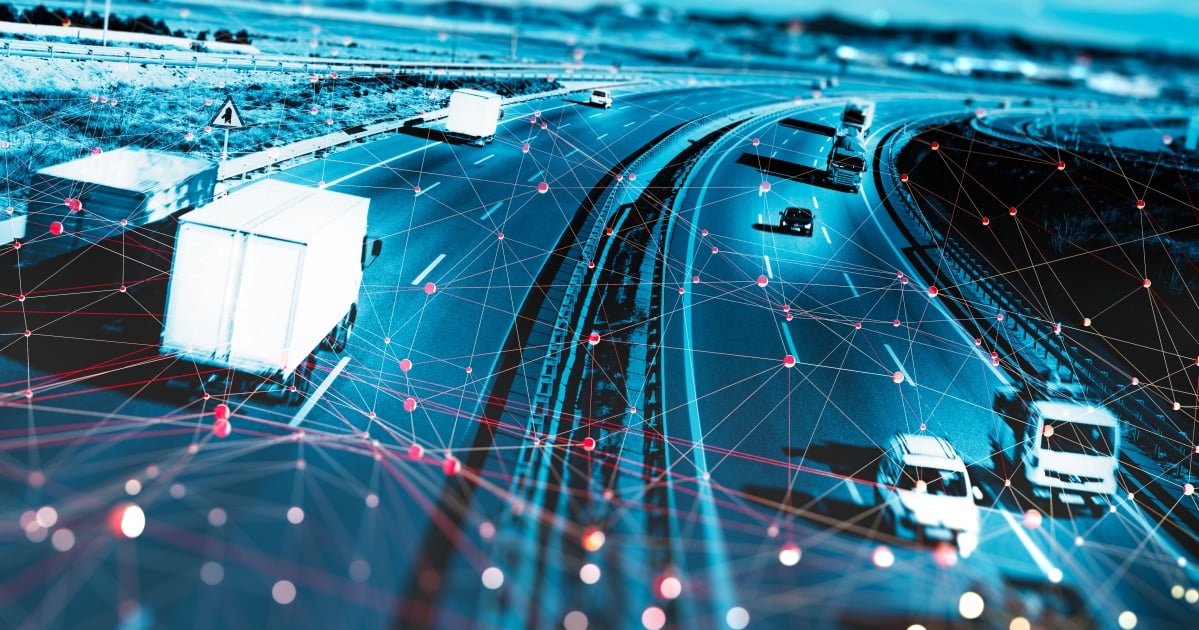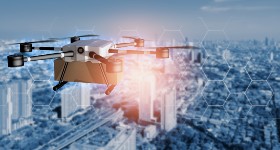With each wave of new technology, there are always winners and losers. The Internet has impacted paper mail, voice phone calls, television and news industries. Connected vehicles are going to make a substantial impact upon a number of businesses, reducing costs in some services and eliminating others.
Pity the poor taxi driver. Already trying to keep his job from threat of Uber, autonomous driving vehicles are likely to put the taxi profession into a further squeeze. You can't "rob" a self-driving vehicle at gun point. The best route from point A to point B will be automatically calculated based upon the passenger's preferences -- speed vs. cost -- with inputs from real-time traffic sensors going into the equation. The passenger will even be able to NFC "tap" the vehicle to deliver the destination without having to type it in, with alternative inputs available via voice and QR code -- the business card will still have its uses.
Fleet operators will gain the benefit of more passengers per trip, with four people able to comfortable fit into a cab. Taxis will be able to operate on a 24 x 7 basis, only returning back to the garage for maintenance and perhaps fueling -- we don't have robots yet to automatically charge up batteries and pump gas, but that may be the next step.
Even the concept of "renting" a car becomes subject to change with a self-driving vehicle. Hotels may own their own fleets for guests to go to local destinations, reaping additional revenues and cutting out the middle man when it comes to bringing customers to the property. Patrons may choose to pay on a flat rate per ride or per hour/day. Ride sharing between customers will be facilitated by a Facebook/Swarm-esque app, enabling passengers to get lower fares and operators to optimize income with the side benefit of being more "green" by averaging more people per trip.
Traditional delivery services, such as the U.S. Postal Service, Federal Express, and UPS, are less likely to be challenged in their current business model of "stop and drop." Someone has to be in the the vehicle to move items into a mailbox or on the front porch. These services will gain benefit from faster delivery times and better insurance rates due to autonomous driving reducing accidents, but the initial service rollout will take time to show benefits as vehicle delivery routing algorithms are tweaked and delivery drivers are "mined" for their experience. IBM Watson technology may prove to be useful in providing insights in "learning" what works and doesn't work when it comes to fastest routes and re-routing during traffic problems.
Where delivery gets interesting is in the self-service field. A vehicle could arrive at your home or place of business, then text/message you that it has arrived and is waiting; maybe there's an app to both notify you the vehicle has arrived and to confirm to the vehicle that you are in the immediate vicinity to take delivery. If you don't respond in a minute or two, the vehicle will honk its horn. After 5 minutes, it departs to go onto its next stop.
But if you are home, life gets very interesting. You go outside and authenticate your identity to the vehicle via smartphone and perhaps facial recognition. It then unlocks and opens up to give your package, perhaps offered via a robotic arm. You sign for the package and take it away from the vehicle.
This secured delivery service provides a way to make sure you get a package when you want without having to have a valuable item simply dumped on your front porch. Deliveries could take place in the evening and early morning hours without having to be tied to the traditional 8 AM to 6 PM delivery window of existing services. Secured delivery would be a premium service when compared to a typical FedEx/UPS delivery, but might turn out to be a feature or service businesses and individuals are willing to pay for when it comes to high value items.
Further down the road, the profession of truck driver may be threatened in some areas. Regular route, large scale deliveries of supplies are something that could be easily automated, but people may not be comfortable with the self-driving 18 wheeler making regular stops at the grocery store.
Edited by
Ken Briodagh





